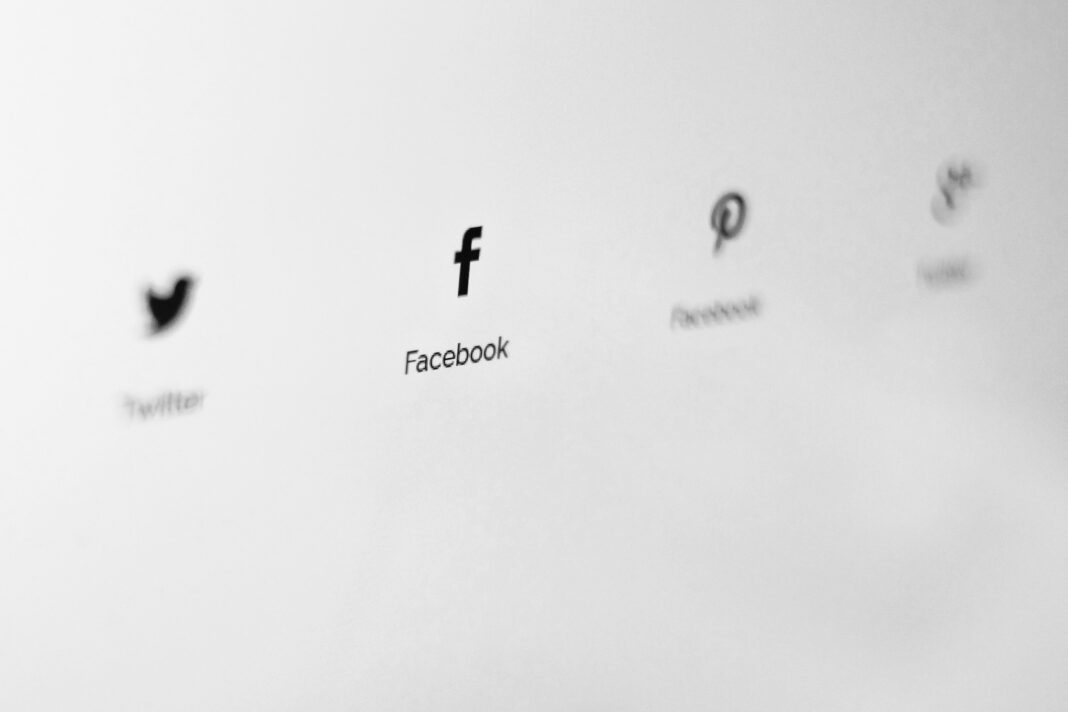When users first join social media platforms, they’re greeted by a pop-up outlining the platform’s community guidelines, a set of rules intended to establish acceptable behavior and foster a safe environment. In theory, these guidelines are essential for maintaining respect and safety within digital spaces. However, the reality falls drastically short of this ideal. Despite the promises of moderation and protection, community guidelines are deeply flawed, inconsistently enforced, and fail to address the very harm they claim to prevent.
The Failure of Enforcement
Platforms often tout community guidelines as the foundation of user safety, but their enforcement mechanisms are alarmingly inadequate. A 2022 report by the Center for Countering Digital Hate revealed that Instagram failed to act on 90% of direct messages reported for sexual harassment. Despite encouraging users to report harmful behavior, these platforms rarely take meaningful action, leaving victims vulnerable. The lack of accountability for such oversights allows the issue to persist, as companies face no significant repercussions for their negligence. Without sufficient incentive, platforms fail to create change, leaving harmful content unchecked and perpetuating an unsafe environment for users.
The Role of Social Media in Enabling Crime
The weak enforcement of community guidelines provides a ground for criminal activity. Social media platforms have become vehicles for the distribution and sharing of illegal material, including content related to child exploitation. The National Center for Missing and Exploited Children received 29.3 million reports of child exploitation in a single year, with many originating from platforms like Facebook, Instagram, and Snapchat.
In addition to this, platforms are being used for drug sales, often targeting underage youth. Snapchat, for instance, has been linked to drug-related deaths involving counterfeit pills laced with fentanyl. Dealers exploit the platform’s features to advertise and distribute drugs to young audiences, leading to tragic consequences such as the rising number of youth deaths from laced substances.
Social media also facilitates organized violence. Platforms have been used to coordinate riots and attacks, such as the January 2021 U.S. Capitol riot. The ability of groups to plan and execute violent activities on social media is a direct consequence of inadequate monitoring and removal of harmful content. Until platforms are held legally accountable, they will have little incentive to proactively prevent their services from being exploited for such purposes.
Disproportionate Harm to Marginalized Communities
Marginalized communities, including racial minorities and women, often bear the brunt of the harm caused by lax community guidelines. Hate speech, harassment, and other forms of abuse disproportionately affect these groups. Studies reveal that 41% of American adults have experienced some form of online harassment, with women reporting the most severe cases. The failure to adequately moderate content creates an unsafe and inequitable environment for vulnerable communities.
The Need for Change
The current system of community guidelines is fundamentally flawed, leaving harmful and illegal content unchecked. Without significant reform, social media platforms will continue to enable crime, harm marginalized groups, and fail their users. Introducing stricter enforcement mechanisms and holding platforms legally accountable could force these companies to prioritize user safety over convenience. Only then can social media become a space that truly reflects the ideals of respect, inclusivity, and security.
It’s time to demand better from the platforms that shape so much of our digital lives.
Sources

